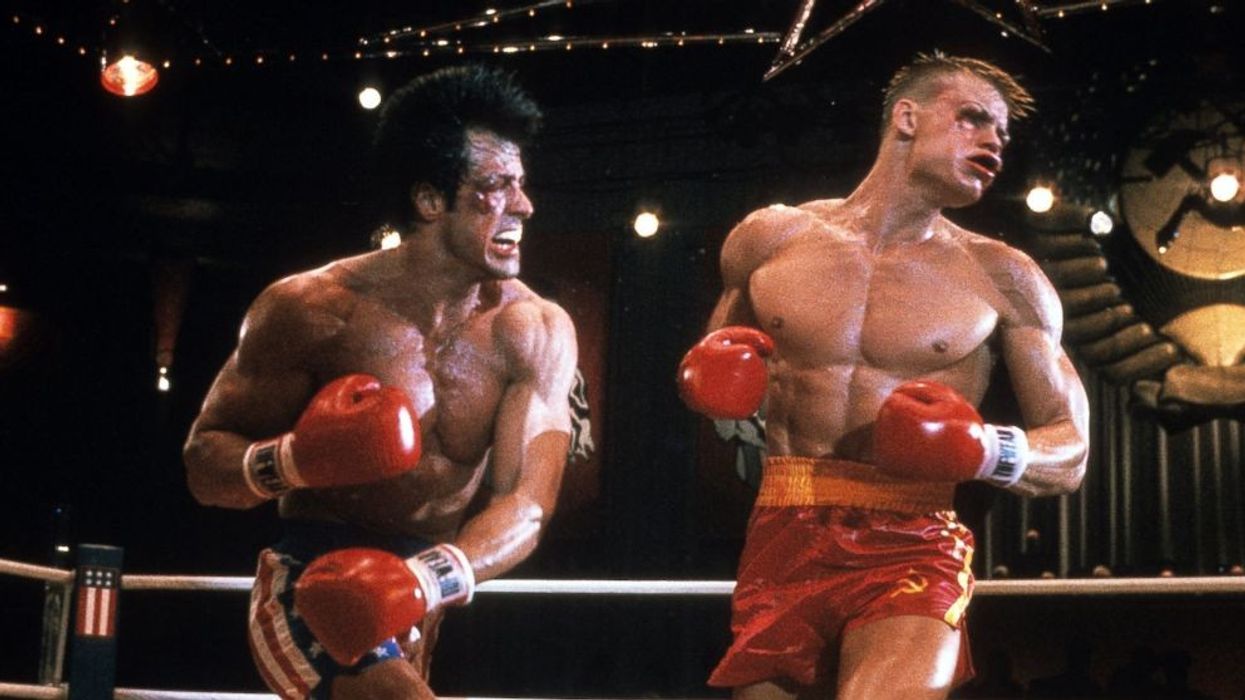What Is Third-Person Point of View in Writing?
As a writer, are you ready to take on third-person point of view?

Writers deal with difficult problems all the time. Not least of them is deciding which point of view to use in their stories. How can you tell a story and have people picture it in their minds? Is there a way to see characters on the page and not have to embody them?
How do you dig into multiple characters' thoughts and desires?
When you're writing literature or even a screenplay, I find that a third-person point of view is crucial to helping people imagine the events of the story.
But what is the third-person point of view? And why has it become such a popular way to convey ideas to an audience?
Today., we're going to go over the definition, look at examples, and study how you can get the most out of writing this way.
Sound good? Let's get started.

What Is Point of View?
Point of view is the writer's way of deciding who is telling the story to the audience.
You always want the point of view to be consistent and clear so the audience knows what is going on in the story.
There are three kinds of points of view—first person (I run), second person (you run), and third person (they run).
What Is Third-Person Point of View?
The third person point of view definition is as follows—in the third person, our point of view is told by a narrator who exists outside the story.
They deliver the actions of the characters and what happens in the story by referring to them directly by using names or personal pronouns like he, she, or they.
So how do we view the narrator?

Types of Third-Person Point of View
There are three types of third-person POV—omniscient, limited, and objective.
Omniscient
When it comes to the third-person POV, you should have a narrator who knows what's going on in all aspects of the story. We call that person "omniscient" or all-knowing. That means they can enter anyone's mind or jump through any period of time.
Example of Omniscient Narration in Point of View
In Pride and Prejudice, Jane Austen jumps into characters like Elizabeth's head and then to Mr. Darcy as well. We can get in anyone's head with this version of third person. And we can tell any story that jumps in time.

Limited
This point of view, sometimes called "close third" is when we stick with one character but still deliver third person. You might see this in a lot of novels about specific people. You can do this for a whole chapter, novel, or sequence. In film, you can do it for a few scenes or change during flashbacks or flash-forwards.
Limited Point of View Examples
The J.K. Rowling Harry Potter series is by far the most popular franchise to do this. We get chapters from Snape's point of view, Harry, Voldermort, and even another character. While they all eventually wind up back with Harry, we look into this world for plot points of the story.
This point of view allows the writer to control what information the reader knows and when. It is used to build interest and heighten suspense.
This is probably the most used third-person point of view in screenwriting because it lays beats out for entertainment purposes.

Objective
Third-person objective point of view is focused on neutrality. We get narration not focused on thoughts and feelings, but on observations about the way people act.
Objective Point of View Examples
There's a famous short story by Ernest Hemingway called Hills Like White Elephants in which an objective narrator tells us about the actions of a couple waiting for a train. They argue about their relationship and the next steps. We can infer this is a conversation about starting a family versus having an abortion, but no one explicitly states that.
As filmmakers, we want to make sure our exposition is not on the nose, but we often use the idiom "show, don't tell." So we should be a bit objective and not explicit when characters are going through things. We want to play it all out in a scene.

The Benefits of Third-Person Narration
When you're writing a book or a screenplay, you want to build a world for the audience and steep them in it. Your narrator can know everything going on, or not. You get to decide how they deliver the story in exciting beats and keep the audience on the edge of their seat.
Remember, as storytellers, your goal is to brighten the thoughts and feelings of the characters in the story. And then communicate those to the captive audience.
You see third-person POV a lot of times in video games. You play either as the character (first person) or as controlling the character. You're limited to the character but if you play with multiple people, you have a more omniscient point of view.

Summing Up the Third-Person Point of View Definition and Types
Now that you know third person POV, you can focus your work so that every single character is delivered the right way for your story. It doesn't matter if you have an omniscient narrator or a limited third-person POV. You can be in a character's thoughts or not at all.
The main thing is to stay consistent. Tell your story the way you see fit, and keep it the same throughout.
Third-person perspective can take you anywhere. I can't wait to see where it goes.
















